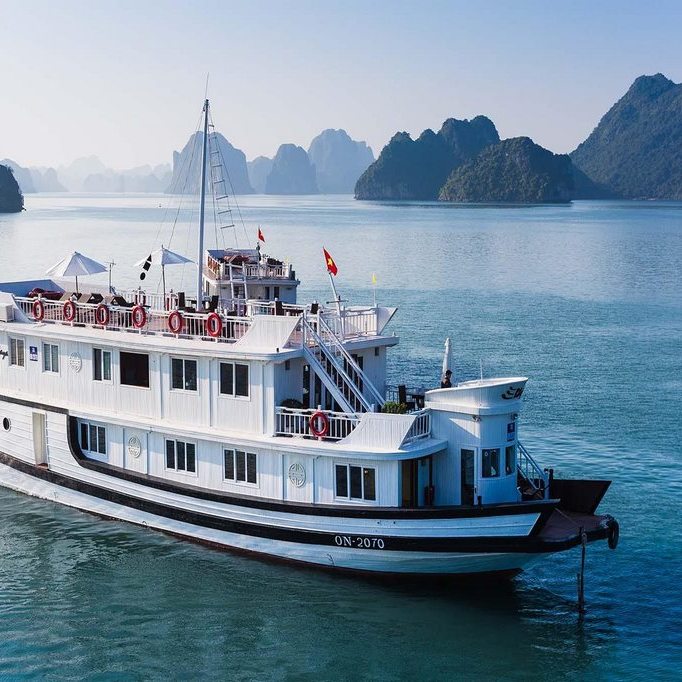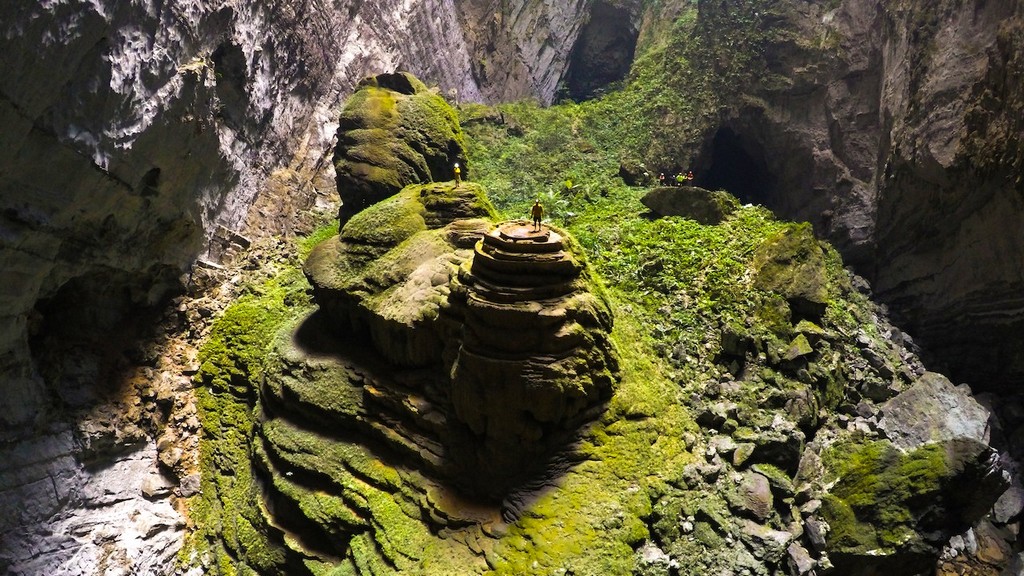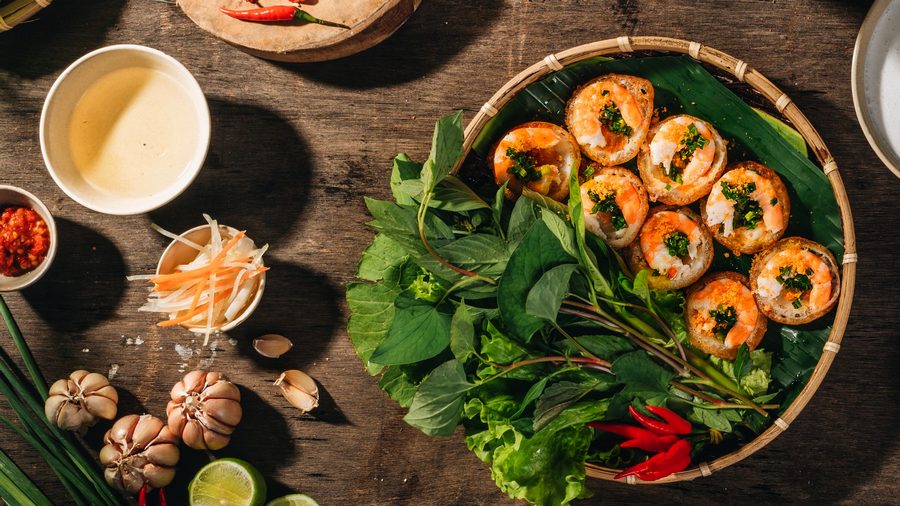Hanoi: Places of Interest
HANOI
The capital of the country is located on the right bank of the Red River. The center of the city has hardly changed since 1955, with its old temples and pagodas, parks, lakes, buildings of French colonial style, retains all its charm.
Lake of the restored sword and Jade Pagoda: In the heart of Hanoi is this huge lake with a pagoda in the center which is accessed by a red bridge. Legend has it that the emperor of Vietnam was near the lake creating a strategy to defeat the Chinese invasion when a turtle approached him carrying a sword with which he would obtain the strength of 1000 men and with which he managed to defeat the Ming dynasty.
The Old Quarter: It is the shopping center par excellence, its origin dates back to the founding of the city, in the eleventh century. The points of interest are the White Horse Pagoda, the former Slavers’ Square, the Hang Dao Street (silk street) that leads to the Dong Xuan Market and the central markets.
Lake of the West: the legend tells that this lake is the work of a dragon considered as a benefactor monster for Vietnam. This dragon was actually a haunted king who had taken this form after an altercation with a jealous demon. It stands out for the amount of pagodas that can be observed on its banks, which provides a comforting feeling of tranquility.
Lake of the Silk: also called Truch Bach. In the 18th century, the Trinh lords decided to build a palace there where they could stay, far from the Court, the unmarried young women of certain lineage, as well as the repudiated or too old concubines. These ladies embroidered and wove silk, from which the name of this lake is derived.
Residential colonial neighborhood , with splendid villas built in colonial style, now converted into ministries or embassies.
Cathedral of Saint Joseph: inaugurated in 1886, its appearance is rather medieval. Named the little Notre Dame in reference to the Cathedral of Notre Dame de Saigon.
Unique Pillar Pagoda: its origin dates back to the 11th century and is the symbol of the city. His interest lies partly in the original construction, entirely of wood and supported by a huge trunk of teak wood, a single column of 1.25 m in diameter.
Temple of Literature: Shrine dedicated to the cult of Confucius, it was built in the year 1070. Over the centuries were added many buildings thanks to the sovereigns and rich Vietnamese patrons. It is divided into five closed courtyards and communicated by doors.
Mausoleum of Ho Chi Minh: it was built between 1973 and 1975 and the materials used come from all regions of the country. In a glass sarcophagus lies the embalmed body of the former Father of Vietnamese Independence. In a park around the Mausoleum is the house-office of Ho Chi Minh.
Army Museum: dedicated to the great military events that the country has played during the last 30 years.
Long Bridge Well: also known as Paul Doumer Bridge (governor general of Indochina in the colonial period), it was inaugurated in 1902 and one of the most bombed targets by the Americans until US POWs. They worked on the reconstruction and the attacks ceased.
AROUND HANOI
The Mountain of the Perfumes: To about 65Km to the South of the Capital, in the province of Ha Tay. On the slope of this calcareous mountain are temples, pagodas and chapels harmoniously integrated into an overflowing nature. It is also one of the most important Buddhist pilgrimage centers in Northern Vietnam.
Haiphong and Halong Bay: located a hundred kilometers from Hanoi, Haiphong has become a stage for tourists who want to access Halong Bay.
This city is one of the most economically solid in the country, since it has the third seaport after Danang and Saigon.
Halong Bay , in Quang Ninh province, bordering China, offers one of the most spectacular landscapes in Asia. Halong Bay occupies an area of 1,550 square kilometers and has about 3,000 islands and islets covered with vegetation that emerge from the sea as strange sculptures.
Declared by UNESCO as a world heritage site, it is one of the seven wonders of the world. If you are going to visit the area you can not stop doing one of the many cruises that sail between its islets, finding a haven of peace and tranquility between its forms, like the dragon islet, which looks like a dragon sucking water upwards, or the islet of La Vong, which looks like an old man fishing.
Hoa Lu: 93Km south of Hanoi and in the province of Ninh Binh, we find this inland Halong, named for its resemblance to the Bay but located in a framework of rice fields and mountains.
Hoa Binh and Mai Chau: About 75km southeast of Hanoi, in the province of the same name. In fact, it is not the city that justifies the visit but the villages and villages of the ethnic minorities that sow the area and surroundings of the artificial lake of Hoa Binh. It is an ideal region for trekking of one or several days, being able to spend the night in the villages of the ethnic minorities as in Mai Chau, Thai village located in a deep valley that is reached after a route of great beauty.
[/vc_column_text][/vc_column][/vc_row]
Leave a Reply:
You must be logged in to post a comment.





